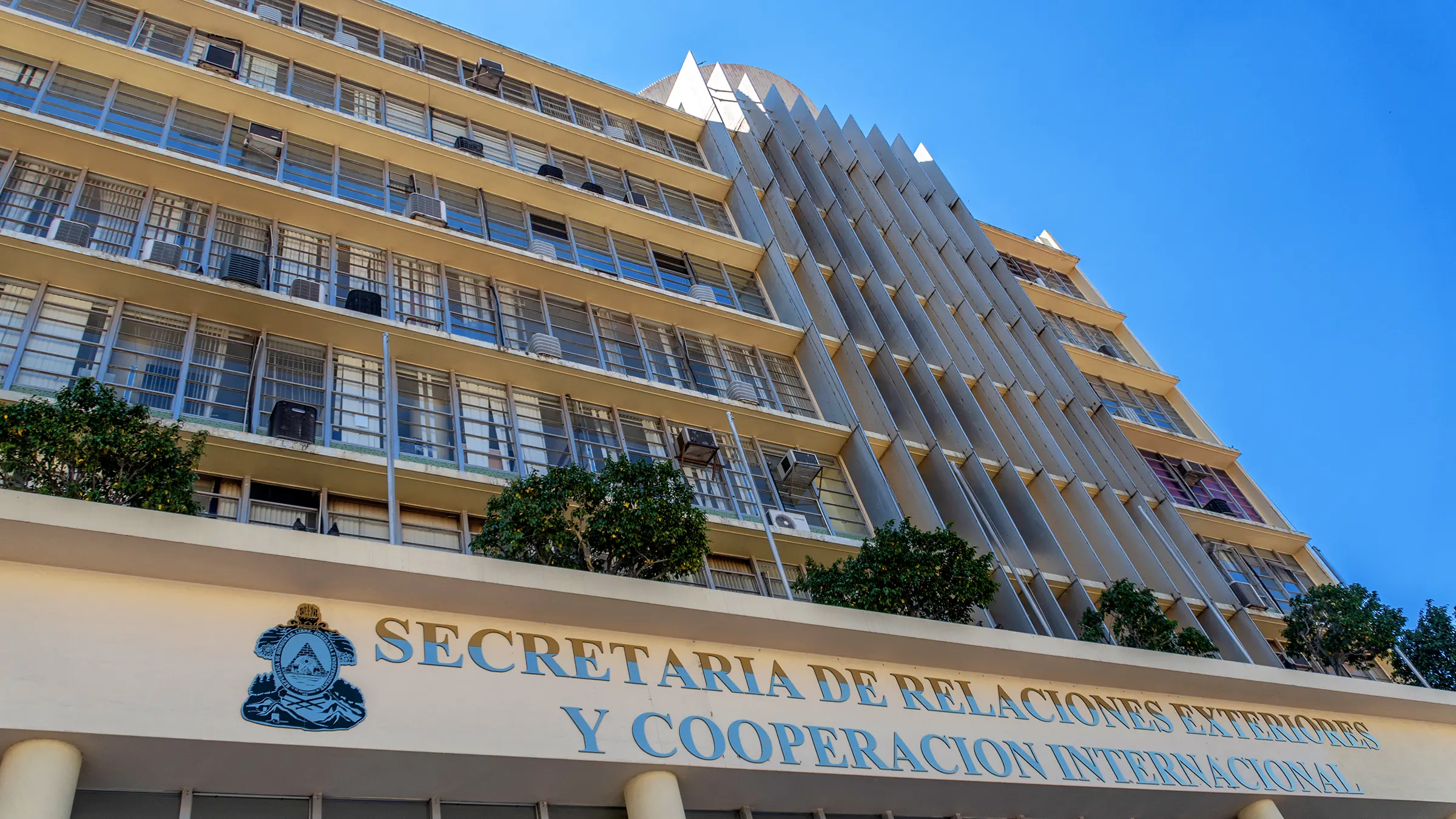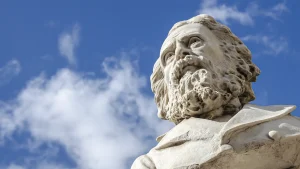History of the Ministry of Foreign Affairs

The President of the Republic directs the Foreign Policy of Honduras, and the Secretary of Foreign Relations is responsible for taking all necessary measures to bring them to a successful conclusion.

In the Political Constitution of the State of Honduras, issued by the representatives of the people in a constituent assembly in Comayagua on January 11, 1839, with Don Juan Lindo as President and Don Dionisio de Herrera as Vice President, it was determined that the Executive Branch would function with three Ministries. The Ministry of Relations, War, which would include the General Command of Arms, and Finance, which was responsible for the General Intendancy.
To be Secretary of State in 1839, the same requirements and qualifications as those demanded of the President of the Republic had to be met, namely, being of Central American origin, being thirty years old, having exercised citizenship in the last seven years preceding the election, being in a lay state, and enjoying full rights.
In 1839, the organizational structure of the Foreign Ministry did not exceed 6 to 10 people, including the Minister, Secretary, Office Clerk, Archivist, and Driver.
The years between 1900 and 1921 were intense in political activity as a result of the crisis that involved the five Central American countries, with wars between states, lobbying, and negotiations culminating in the signing of the Peace Treaty of Washington. This event required organizational efforts and an increase in personnel and agenda topics at the Honduran Foreign Ministry.
In 1950, the Ministry of Foreign Relations operated with a small staff consisting of the Minister, Undersecretary, Chief of Staff, Protocol Chief, Bookkeeper, Heads of Consular Sections, Passports and Authentications, Legal Advisor, Calligrapher, Official Translator, Director of Official Bulletins at the Ministry, seven clerks and typists, and a doorman. Clearly, it was a different time, and the State had not grown as much.
On February 16, 1951, the Commission for Territorial Studies was created, with S. Silverio Laínez appointed as President, S. José Padilla Vega as Vice President, Mr. Salvador Zelaya, Alfredo Trejo Castillo, Esteban Mendosa, and Ramón Cruz as members, and D. Pedro Rivas as Secretary.
The Foreign Ministry continued to grow, and it was considered that everything related to borders with neighboring countries required a solid structure to study, investigate, and defend Honduras’ rights. Thus, the Sovereignty and Border Commission, the General Directorate of Borders and International Waters, and the Special Demarcation Commission replaced the Traditional Commission for Territorial Studies.
The defense of the country’s territorial integrity has been a constant of successive Honduran governments, as well as full support for compatriots working abroad, maintaining a dynamic action to combat the scourge of poverty.
In the 1970s and 1980s, the Central American crisis necessitated the creation of other departments, such as the Directorate of Central American Affairs, International Cooperation, Refugees, Human Rights, and Cultural Promotion. During this period, the Advisory Cabinet was formed, consisting of four Career Ambassadors to directly assist the Foreign Minister in matters of foreign policy.
Subsequently, the Foreign Ministry recognized its role as a planner, coordinator, and executor of foreign policy and strongly developed two areas: integration and summits and trade treaties. The General Directorate of Foreign Policy was structured to carry out the activities of international relations and policy through two areas: Bilateral and Multilateral Affairs. The General Directorate of External Promotion and International Management was also established, responsible for International Cooperation and the promotion of exports, investments, and tourism.
The events that engulfed Central America in a whirlwind of political and social crises compelled the Foreign Ministry to conduct foreign policy. In terms of institutional strengthening, it was equipped with the legal instruments to provide a sustainable basis for foreign policy, and the Law of the Honduran Foreign Service was approved in 1984, introducing professionalization of the Diplomatic Service for the first time in diplomatic history through the operation of the Diplomatic Career.
In parallel with the Law of the Foreign Service, the Diplomatic Rank was approved, regulating the functioning of the Diplomatic School and International Relations. This institution is responsible for establishing regular training and education courses as the sole entry point to the Diplomatic Career. To date, eight exams have been conducted to enter the Diplomatic Rank.
In 2010, the latest reform to the structure of the Foreign Ministry was implemented, creating the Undersecretary for Investment and Trade Promotion, as well as the General Directorates of Central American Integration, Treaties and Conventions, Investment Promotion, and the National Center for Geopolitical Studies, the Center for Economic and Commercial Research, and the Center for Innovation and Information Technology.
- Honduran Foreign Ministry (https://www.sreci.gob.hn)



